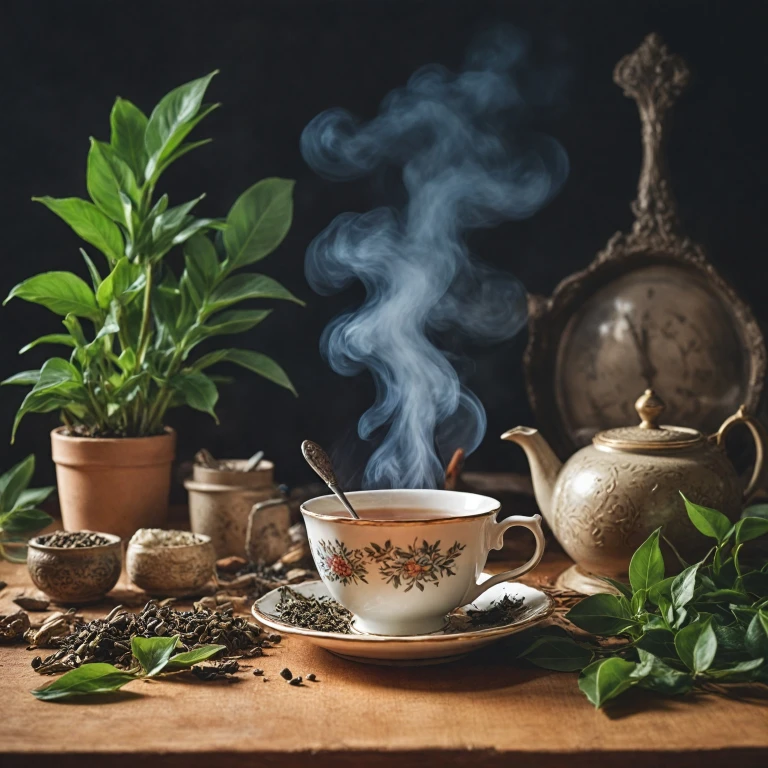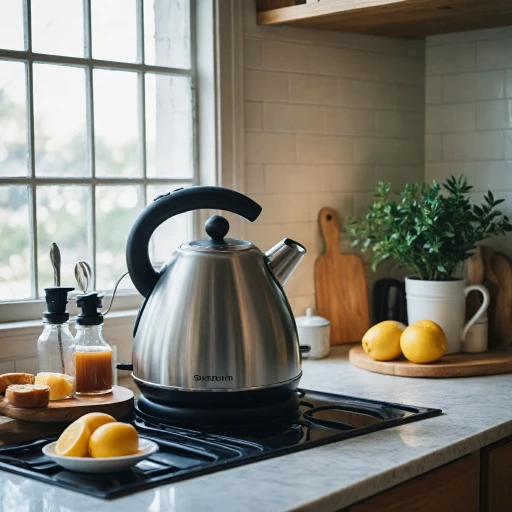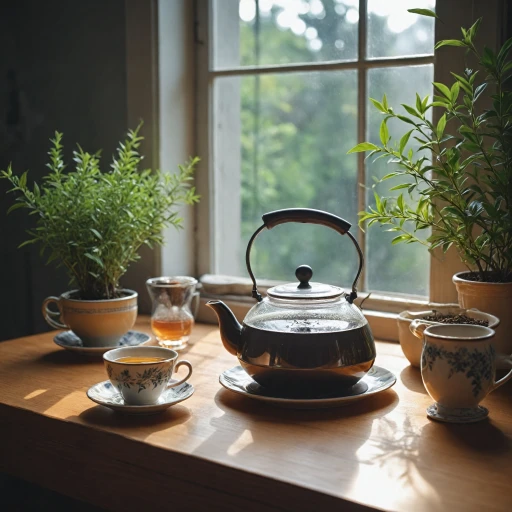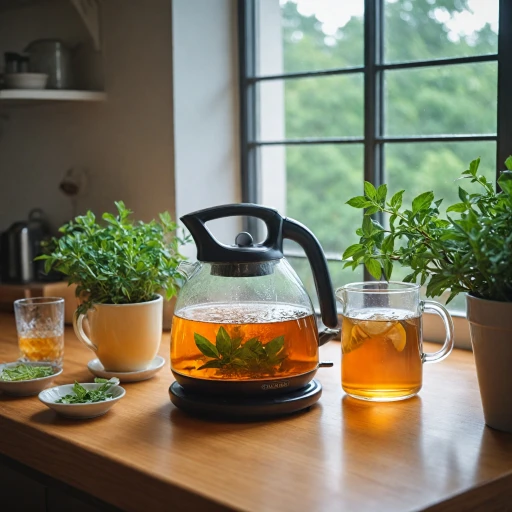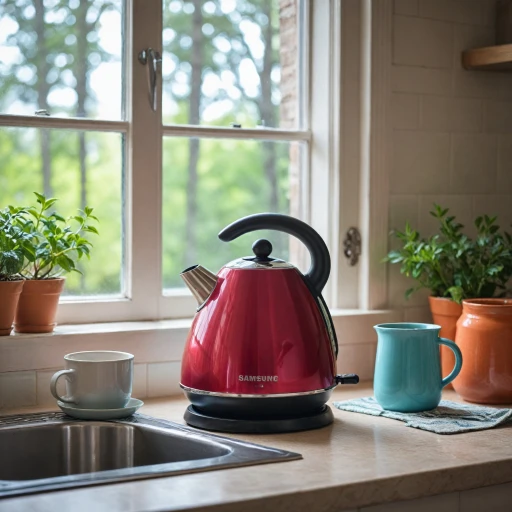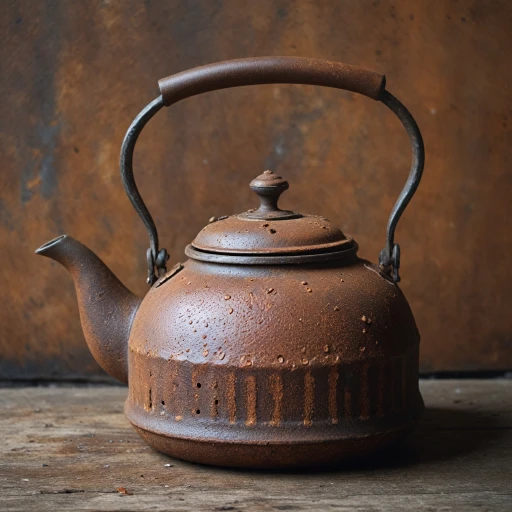
Understanding Tea Varieties and Their Temperature Needs
Matching Tea Varieties to Temperatures
Tea enthusiasts know that the art of brewing a perfect cup depends heavily on understanding the ideal water temperatures required for different tea varieties. Brewing black, green, white, oolong, and herbal teas each involves a distinct approach to strike the perfect balance of flavor and aroma.
Black tea thrives at higher water temperatures, typically around boiling point (100°C or 212°F). This helps to fully extract the robust flavors of the black tea leaves. In contrast, green tea requires a more delicate touch, steeping best at 70-80°C (158-176°F), to avoid bitterness and maintain its fresh, vegetal taste.
White tea, renowned for its subtlety, should be steeped at even lower temperatures, around 70°C (158°F), to preserve its delicate flavor profile. For oolong tea, mid-range temperatures between 80-90°C (176-194°F) are ideal, allowing the complex layers of the semi-oxidized leaves to fully develop.
When it comes to herbal tea, often referred to as tisanes, a variety of steeping temperatures can be used, but most benefit from boiling water for optimal extraction of their unique flavors.
Crafting perfect iced tea hinges on these fundamentals as well, as the initial hot brew impacts the eventual chilled flavor. Understanding these temperature nuances is key before diving into the specifics of controlled electric kettle brewing.
The Role of Electric Kettles in Precision Brewing
The Influence of Technology on Precision Tea Brewing
Electric kettles have revolutionized the tea brewing process, ensuring that enthusiasts can achieve the ideal brewing conditions without the guesswork. They provide precision when it comes to water temperature, which is crucial for extracting the best flavors from various tea varieties. Whether you're preparing green tea, black tea, or the delicate white tea, having control over the water temperature is essential.
Temperature-controlled kettles cater to the specific needs of different teas. The optimal tea brewing temperatures can vary: black tea generally requires hotter water, while green tea and Japanese tea demand lower temperatures to preserve their subtle flavors. Herbal teas, on the other hand, can withstand boiling water without losing their medicinal properties. With just the press of a button, an electric kettle allows you to select the precise temperature for your desired cup of tea, leading to consistent taste and aroma.
Furthermore, using an electric kettle with a temperature control feature assists in maintaining consistent steeping times, which can affect the overall taste of your brew. Whether it's two to three minutes for delicate green tea leaves or longer for oolong and herbal teas, the precision of an electric kettle ensures you avoid the common mistakes of over-steeping or using water that's too hot, which can compromise the flavor and aroma of your teas.
Common Mistakes in Tea Brewing
Common Pitfalls in Perfectly Brewing Your Tea
Achieving the perfect cup of tea is an art that many enthusiasts strive for, but even the best intentions can lead to common mishaps. Here we explore some typical errors in tea brewing and how an electric kettle can help avoid them.- Wrong Temperature for Tea Varieties: One of the most frequent errors is using the incorrect water temperature. Each type of tea, whether it's black tea, green tea, oolong tea, or herbal tea, demands specific temperature ranges to unlock its best flavors. For instance, boiling water might scorch green tea leaves, resulting in a bitter taste, whereas black tea thrives in hotter environments. Electric kettles equipped with temperature control can aid in precisely managing these temperatures, ensuring each brew meets the tea's needs for optimal flavor.
- Over-Steeping: Another common mistake is leaving the tea leaves in hot water for too long. This can lead to overly strong or astringent flavors that can diminish the enjoyment of your cup of tea. By using an electric kettle, you can set timers or reminders for perfect steeping time, be it a couple of minutes for white tea or a longer duration for stronger brews like erh tea.
- Neglecting Water Quality: The quality of water plays a crucial role in tea brewing. Using hard or unfiltered tap water can impact the taste and clarity of the beverage, leading to a less enjoyable cup. Consider using filtered water, or better still, opt for a kettle with built-in filtration systems to enhance the overall brewing results.
- Skipping Regular Maintenance: Over time, kettles can develop rust or limescale, which can affect the tea's flavor. Regular maintenance is essential to prevent these issues. Ensure you descale your electric kettle and check for rust regularly to preserve the taste and quality of your teas. For more on this, consider reading about understanding rust in your tea kettle.
Choosing the Right Electric Kettle for Tea Enthusiasts
Selecting an Electric Kettle Suited to Your Tea Preferences
Choosing the right electric kettle can enhance your tea brewing experience significantly. Whether you're a fan of robust black teas or delicate white teas, the right kettle makes all the difference in achieving the perfect cup.- Temperature Control: For diverse tea options including green, black, oolong, and white tea, a kettle with temperature control proves invaluable. Different teas require different water temperatures; for instance, black tea thrives on near-boiling water, while green tea might lose its flavor profile if brewed above 180°F.
- Precision: A precise kettle lets you set specific tea temperatures, ensuring optimal flavor extraction. Steep your tea leaves for the perfect tea minutes without worrying about bitterness or lost taste.
- Variety of Features: While some kettles only boil water, advanced models offer adjustable temperature settings, timers, and even keep-warm features. This versatility is crucial when brewing various teas like Japanese tea, herbal tea, or even preparing iced tea.
- Price Considerations: The right kettle balances function with price. Consider models that offer good value for unit price without sacrificing quality. Compare regular and sale prices but avoid compromising on essential features that cater to your tea preferences.
- User Experience: Ease of use and safety features should not be overlooked. Look for kettles with intuitive controls and automatic shut-off to prevent overboiling or dry operation.
Maintaining Your Electric Kettle for Consistent Results
Ensuring Longevity and Performance
Maintaining your electric kettle is crucial for achieving consistent results and preserving the life of the appliance. Regular maintenance ensures that every cup of tea you brew—be it black, green, or white—delivers optimum flavor and temperature. Here are some essential tips to keep your electric kettle in top condition:
- Descaling: Mineral buildup from tap water can affect your kettle's performance. Regularly descaling with a solution of water and vinegar or a commercially available descaler will help maintain efficiency. It's particularly important if you frequently brew teas that require precise temperatures, such as Japanese green tea or delicate white tea.
- Routine Cleaning: Wipe the exterior with a damp cloth to keep it looking pristine. Remember to clean the spout and lid thoroughly, as trapped tea leaves and mineral deposits can impact both function and taste.
- Checking the Heating Element: If your kettle has an exposed heating element, keeping it free from debris and limescale is essential for efficiency. This ensures that your water reaches the required temperature for brewing more quickly, saving time and energy.
- Proper Storage: When not in use, store your kettle away from areas prone to dust and moisture to prevent any potential damage. This is especially crucial if you live in a region with high humidity.
By following these simple steps, you will not only enhance your brewing experience but also extend the lifespan of your electric kettle. Consistent maintenance results in consistently delicious teas, from a refreshing cup of green tea to a robust black tea brew. Whether purchased at a regular price or found at a great sale price, ensuring the longevity of your kettle is an investment in each flavorful cup of tea you enjoy.
Exploring the Benefits of Temperature-Controlled Brewing
Unlocking the Advantages of Temperature-Controlled Brewing
When it comes to savoring the perfect cup of tea, precision is key. Whether you're indulging in a robust black tea, a delicate green tea, or a fragrant herbal blend, getting the water temperature just right is crucial to unlocking the full depth of flavor and aroma that these teas have to offer. One of the most significant advantages of temperature-controlled brewing is the ability to tailor the brewing process to the specific needs of different tea varieties. For instance:- Black Tea: Best brewed with water temperatures ranging between 90-100°C, these teas can steep for 3-5 minutes. Proper temperature ensures the richness of the flavor and avoids bitter notes.
- Green Tea: Sensitive to high temperatures, the ideal range for brewing is 70-85°C to preserve its subtle taste and aroma. Steeping time generally spans 1-3 minutes.
- White Tea: Requires a gentle touch with temperatures between 80-90°C and a slightly longer steeping time, usually 4-5 minutes.
- Oolong Tea: With a sweet spot between 85-95°C, oolong tea's unique profile unfolds over 3-5 minutes.
- Herbal Tea: Typically brewed at boiling temperatures, herbal teas need varied steeping times, often allowing for longer durations to enhance flavor.
